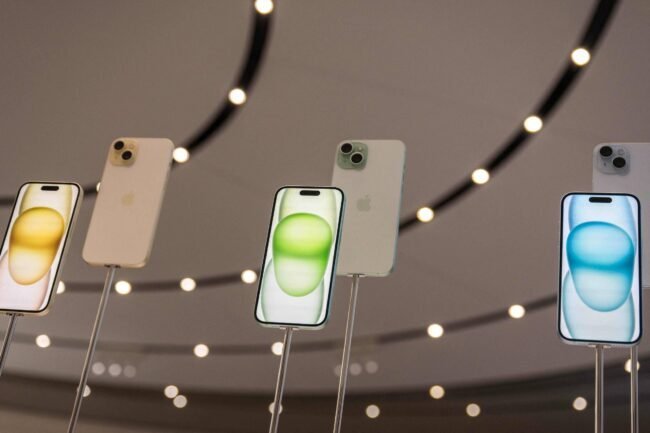iPhone Development Secrets Revealed: How Project Purple Changed Tech History
In the world of tech innovation, few stories are as compelling as the birth of the iPhone. Now widely regarded as one of the most transformative devices in history, the iPhone was born under extraordinary secrecy and pressure. The iPhone development secrets began with one non-negotiable rule from Steve Jobs: don’t talk about it.
Known internally as Project Purple, this ultra-classified initiative was even hidden from most Apple employees. Former Apple executives, in a 2017 interview with The Wall Street Journal, shared how developing the iPhone was nothing short of revolutionary—and exhausting.
“We put a poster up on the wall,” recalled Scott Forstall, Apple’s former SVP of iOS. “The first rule of Project Purple was you don’t talk about Project Purple.”
Much like the cult-classic film Fight Club, the team operated in total isolation. Software and hardware departments were siloed. Most Apple staff had no idea what was being built, despite growing speculation that Apple was entering the mobile phone space.
Extreme Secrecy Fueled Innovation
“Not one person knew what iPhone was gonna look like right before that keynote,” said Greg Christie, then a lead software designer at Apple.
This veil of secrecy wasn’t just about protecting intellectual property—it allowed for radical experimentation. Teams operated on a need-to-know basis. Early prototypes resembled a glorified iPod. But the real transformation came when Steve Jobs posed a critical question: Could the multitouch screen we’re designing for a tablet work on a phone?
168-Hour Weeks and a Race Against Time
Once the idea gained traction, the team plunged into a relentless work mode. Forstall recounted working 168-hour weeks for two consecutive weeks, a pace that pushed team members to their limits.
One of the toughest technical hurdles? The on-screen keyboard. At the time, typing on a touchscreen was uncharted territory. Dozens of iterations were tested. The breakthrough came when an engineer introduced a predictive typing system—an early version of what powers iPhone keyboards today.
Forstall made a bold decision during development: he paused all other user interface projects until the keyboard was perfected.
The First Demo Was a “Big Mac”
Tony Fadell, a major player in both the iPod and iPhone projects, described the early iPhone prototype as massive and unwieldy. According to a Benzinga report, he joked, “It was like a Big Mac,” referring to the device’s bulky form factor in the initial stages.
But that didn’t stop progress. The touch interface, the minimal design, and the software were steadily refined. Despite numerous dead ends and scrapped designs, the team persisted under Steve Jobs’ watchful eye and intense leadership.
Launch Day: A Surprise for Even Apple Staff
By the time Steve Jobs took the stage in 2007 to unveil the iPhone, most Apple employees—even those on the inside—were seeing the final product for the first time. That level of secrecy is almost unheard of in the tech industry today.
What emerged was not just a phone—it was a cultural reset. The iPhone changed how humans interact with technology. But behind that revolutionary device was a story of secrecy, pressure, and unparalleled innovation.
Conclusion: A Legacy Built on Silence and Innovation
The iPhone development secrets behind Project Purple remind us that true innovation often comes under the toughest constraints. Fueled by Steve Jobs’ vision, Apple’s hidden team delivered a product that forever altered the technology landscape.
Even now, almost two decades later, the foundation they built—from multitouch gestures to predictive typing—continues to define mobile experiences across the globe.







